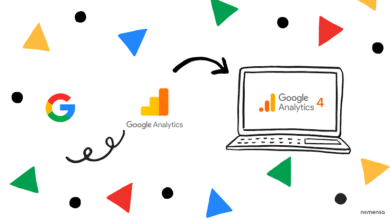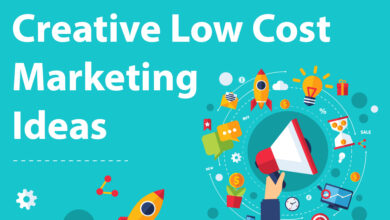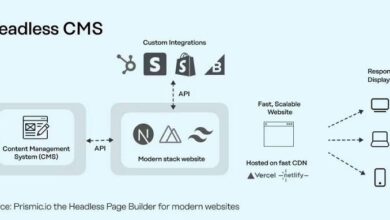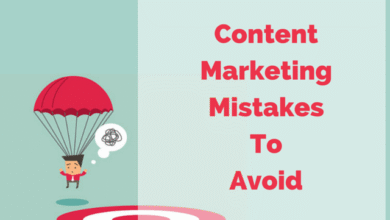Social Media in 2025: Top Platforms That Still Matter
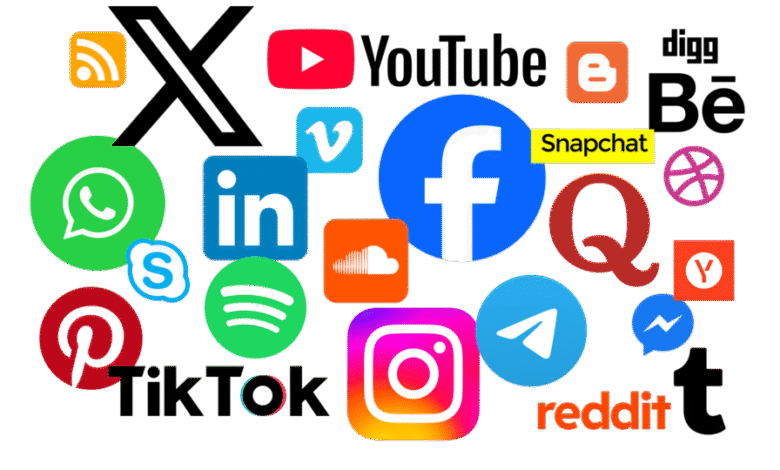
The digital landscape is moving at breakneck speed, and social media platforms that dominated yesterday’s conversations might fade into irrelevance tomorrow. In an era where top social media platforms that still matter are constantly being redefined by technological innovation, user behavior shifts, and evolving business needs, understanding which platforms maintain genuine influence has become crucial for both individuals and businesses.
The top social media platforms that still matter in 2025 are those that have successfully navigated the turbulent waters of algorithmic changes, privacy concerns, and fierce competition. These platforms haven’t just survived, they’ve thrived by adapting to new user expectations and emerging technologies. With over 5.24 billion social media users worldwide spending an average of 2 hours and 23 minutes daily across 6.83 different platforms, the stakes have never been higher.
What makes this landscape particularly fascinating is how dramatically the hierarchy has shifted. YouTube now claims the top spot with 3.9 billion active users, officially dethroning Facebook from its long-held position. TikTok continues its meteoric rise with 1.59 billion users, while Instagram, LinkedIn, and other established platforms are frantically innovating to maintain their relevance. The race isn’t just about user numbers anymore, it’s about engagement, monetization opportunities, and the ability to adapt to emerging trends like AI-powered content creation, social commerce, and immersive technologies.
The platforms that truly matter in 2025 share common characteristics: they’ve embraced short-form video content, integrated sophisticated AI systems, developed robust creator monetization programs, and built seamless shopping experiences. They’ve also learned to balance user privacy concerns with personalization, creating environments where authentic connections can flourish alongside commercial opportunities[9][10]. Whether you’re a content creator looking to build an audience, a business seeking to reach customers, or simply someone trying to stay connected in an increasingly digital world, understanding these platforms is essential for success in our interconnected age.
What Makes a Platform “Still Matter” in 2025?
The social media landscape has become increasingly competitive, making it essential to understand what truly distinguishes platforms that remain relevant from those that fade into obscurity.
Active User Base
The foundation of any successful social media platform lies in its user base. Platforms that still matter in 2025 demonstrate not just large numbers, but consistent engagement and retention. YouTube leads with 3.9 billion active users, representing 47.5% of the world’s population, while Facebook maintains 3.065 billion monthly active users despite facing increased competition.
However, raw numbers tell only part of the story. The most successful platforms show stable or growing user engagement, with metrics like time spent per session and daily active users remaining strong.
TikTok exemplifies this with users spending an average of 58 minutes daily on the platform in the USA, demonstrating the power of highly engaging, algorithm-driven content.
Read Next: 10 Content Marketing Mistakes to Avoid in 2025
Influence and Impact
True platform relevance extends far beyond user counts to cultural and economic influence. Platforms that matter in 2025 are those that shape public discourse, drive trends, and influence purchasing decisions.
TikTok has become a cultural trendsetter, generating billions of views for viral content and launching music careers. YouTube serves as the primary destination for educational content, tutorials, and long-form entertainment, while Instagram continues to dominate visual storytelling and influencer marketing.
The ability to generate viral moments, create cultural movements, and drive real-world outcomes distinguishes truly influential platforms from mere digital spaces.
Adaptability and Innovation
The platforms that remain relevant are those that continuously evolve with user needs and technological advances. Instagram’s introduction of Reels to compete with TikTok, YouTube’s expansion into Shorts, and LinkedIn’s embrace of creator-focused features demonstrate successful adaptation strategies.
In 2025, successful platforms are integrating AI-powered content creation tools, enhancing AR/VR capabilities, and developing sophisticated personalization algorithms.
They’re also responding to privacy concerns by implementing stronger data protection measures while maintaining user experience quality.
Monetization and Business Value
Platforms that matter provide clear value propositions for both users and businesses. YouTube remains the highest-paying platform for creators, while TikTok Shop has shown 400% growth in the US, demonstrating the platform’s e-commerce potential.
Facebook generated $164.5 billion in ad revenue in 2024, proving its continued relevance to marketers despite changing demographics.
The most successful platforms offer diverse monetization options including ad revenue sharing, creator funds, shopping integrations, and subscription models, creating sustainable ecosystems for content creators and businesses.
Top Social Media Platforms That Still Matter in 2025
Understanding the specific strengths and evolution of each major platform provides crucial insights for navigating the 2025 social media landscape.
1. TikTok

TikTok has revolutionized social media with its sophisticated algorithm and short-form video format. The platform boasts 1.59 billion users globally, with particularly strong engagement metrics showing users spend an average of 58 minutes daily on the app. TikTok’s influence extends far beyond entertainment, serving as a primary discovery channel for music, fashion trends, and even news among younger demographics.
Why it Still Matters: TikTok’s algorithmic prowess creates an incredibly engaging user experience that keeps audiences scrolling for extended periods. The platform has successfully evolved beyond dance videos to encompass educational content, comedy, news, and lifestyle content. Its e-commerce integration through TikTok Shop has shown remarkable growth, with 58% of users shopping directly on the platform. The app’s ability to make content viral and launch careers has made it indispensable for creators and marketers alike.
Who Uses It: While initially popular among Gen Z, TikTok’s user base has matured significantly. The largest user group is now 25-34 years old (34%), with 55% of all users under 30. The platform attracts creators, musicians, educators, and businesses looking to reach younger demographics through authentic, entertaining content.
What’s New/Expected in 2025: TikTok continues expanding its shopping features with enhanced product discovery and seamless checkout processes. The platform is investing heavily in AI-powered content creation tools and exploring augmented reality features. Live shopping events and enhanced creator monetization programs are becoming standard features.
Read Next: Read Next: 25 Low-Cost Marketing Ideas That Actually Drive Sales
2. Instagram
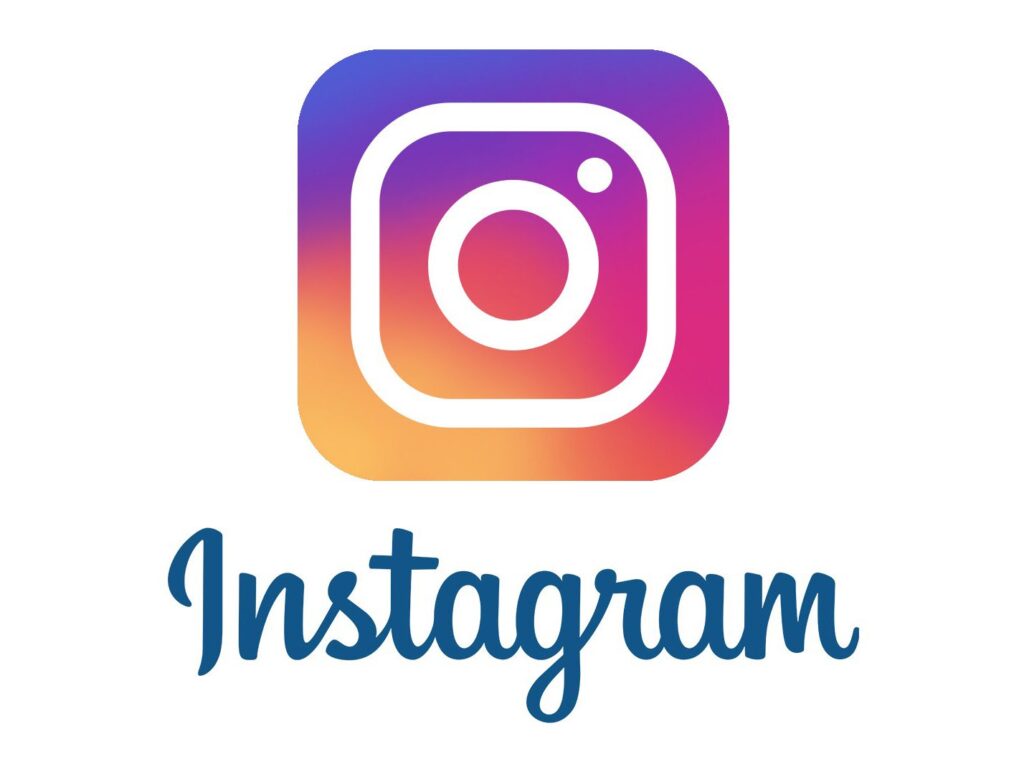
Instagram remains the visual storytelling champion with over 2 billion monthly active users. The platform has successfully integrated multiple content formats including Stories, Reels, and traditional posts, creating a comprehensive social media experience. Instagram’s strength lies in its visual appeal and its ability to serve both personal expression and business marketing needs.
Why it Still Matters: Instagram’s visual-first approach continues to resonate with users seeking aesthetic inspiration and lifestyle content. The platform’s integration with Facebook’s advertising system provides sophisticated targeting options for businesses, while features like Instagram Shopping have made it a crucial social commerce platform. Instagram Reels has successfully competed with TikTok’s short-form content, helping the platform maintain relevance among younger users.
Who Uses It: Instagram attracts a diverse user base, with particularly strong adoption among Millennials and Gen Z. The platform is essential for fashion brands, lifestyle influencers, photographers, and businesses focused on visual marketing. 76% of Instagram users are between 18-44 years old, making it ideal for brands targeting younger demographics.
What’s New/Expected in 2025: Instagram is heavily investing in AI-powered content creation through its new Edits app, which serves as a direct competitor to traditional video editing software. The platform is testing new features like AI-generated backgrounds for Stories, enhanced shopping experiences, and improved creator monetization tools. Profile customization options have been expanded, allowing users to rearrange their grid layouts and create more personalized experiences.
3. YouTube
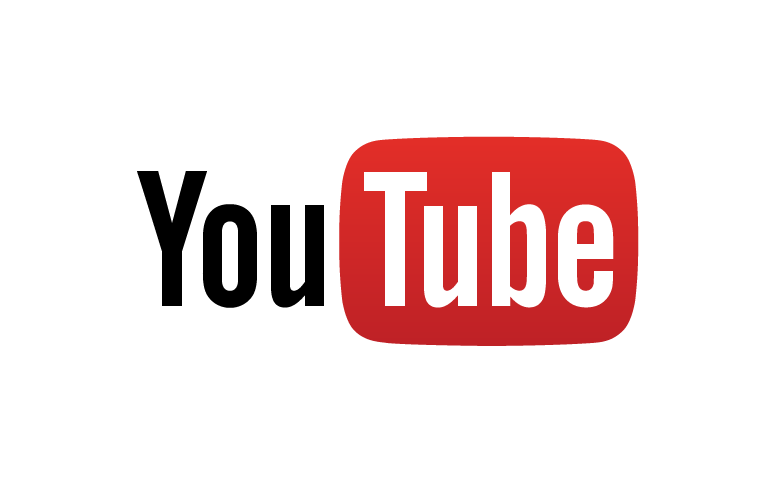
YouTube has solidified its position as the world’s most-used platform with 3.9 billion active users, effectively becoming the internet’s primary destination for video content. The platform serves multiple roles: entertainment hub, educational resource, news source, and creator economy foundation.
Why it Still Matters: YouTube’s dominance in long-form content makes it irreplaceable for educational content, tutorials, and in-depth entertainment. The platform offers the best monetization opportunities for creators, with multiple revenue streams including ad revenue, memberships, and Super Chat. YouTube’s expansion into Shorts has allowed it to compete effectively with TikTok while maintaining its strength in longer content formats.
Who Uses It: YouTube attracts users across all demographics, with particularly strong usage among people seeking educational content, entertainment, and how-to videos. The platform is essential for educators, gamers, musicians, and businesses looking to create comprehensive content strategies. YouTube’s broad appeal makes it valuable for reaching diverse audiences across age groups.
What’s New/Expected in 2025: YouTube is focusing on creator-friendly features including enhanced AI tools for content creation, better analytics, and improved monetization options. The platform is experimenting with interactive video formats and expanding its live streaming capabilities. TV-style content is becoming increasingly important as YouTube competes with traditional streaming services.
4. Facebook (Meta Platforms)
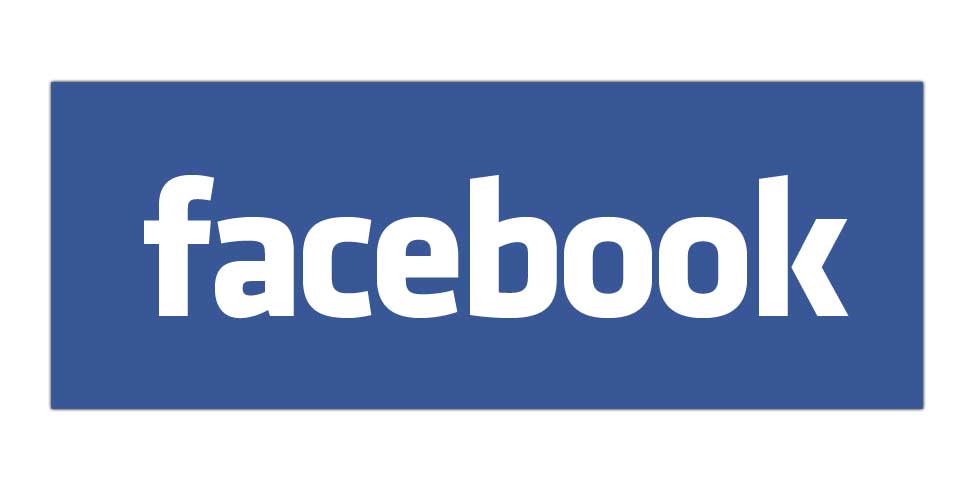
Despite facing criticism and younger user migration, Facebook maintains its position as the largest social media platform with 3.065 billion monthly active users. The platform’s strength lies in its comprehensive ecosystem including Groups, Marketplace, and extensive advertising capabilities.
Why it Still Matters: Facebook’s massive scale and sophisticated advertising infrastructure make it indispensable for businesses seeking broad reach. The platform’s Groups feature creates strong community engagement, while Facebook Marketplace has become a significant local commerce platform with 1.2 billion monthly browsers. Meta’s continued investment in the metaverse and VR technologies positions Facebook as a potential leader in immersive social experiences.
Who Uses It: Facebook’s user base skews older, with the largest segment being 25-34 years old (24.2%), followed by 35-44 year-olds (19%). The platform remains crucial for local businesses, community organizations, and brands targeting older demographics. Facebook’s broad international reach makes it valuable for global marketing campaigns.
What’s New/Expected in 2025: Facebook is investing heavily in AI-powered content moderation and creation tools. The platform is enhancing its Creator monetization programs and improving integration with Meta’s VR ecosystem. Facebook is also focusing on private communities and improving the user experience for meaningful social connections.
Read Next: How to Use Customer Reviews to Boost Sales
5. LinkedIn

LinkedIn has evolved from a simple professional networking site into a comprehensive platform for career development, thought leadership, and B2B marketing. With over 350-400 million monthly active users, LinkedIn has become the essential platform for professional content and networking.
Why it Still Matters: LinkedIn’s professional focus creates a unique value proposition that no other platform can replicate. The platform is crucial for job searching, recruitment, professional branding, and B2B marketing. LinkedIn’s algorithm prioritizes meaningful professional content, making it ideal for thought leadership and industry insights. The platform’s role in professional development and networking makes it irreplaceable for career-focused users.
Who Uses It: LinkedIn attracts professionals across all industries, with particularly strong usage among business leaders, recruiters, job seekers, and B2B marketers. The platform is essential for anyone building a professional brand or seeking career advancement. LinkedIn’s user base tends to be more educated and have higher incomes compared to other platforms.
What’s New/Expected in 2025: LinkedIn is heavily investing in AI-powered features including enhanced job matching, automated content creation, and improved analytics. The platform is expanding its creator monetization options and introducing new video features. LinkedIn is also testing enhanced collaboration tools and improving its learning platform integration.
Emerging Trends and Platforms to Watch
The social media landscape continues to evolve with new platforms and technologies challenging established players while creating opportunities for innovation and growth.
Decentralized Social Media
The growing concern over data privacy and platform control has sparked interest in decentralized social media platforms built on blockchain technology.
Platforms like Mastodon, Bluesky, and Lens Protocol offer users greater control over their data and content while reducing dependence on centralized authorities. Bluesky has reached 35 million users, demonstrating a growing appetite for alternative social media models.
These platforms emphasize user ownership, transparency, and censorship resistance, appealing to users seeking more control over their digital experiences.
Niche Communities
The trend toward specialized, community-focused platforms continues gaining momentum as users seek more meaningful connections around specific interests.
Platforms like Discord, which has grown to 200 million monthly active users, demonstrate the value of focused community building.
These smaller platforms often provide more authentic interactions and targeted content than mainstream social media networks.
AI-Powered Content Creation and Curation
Artificial intelligence is revolutionizing how content is created, discovered, and consumed across social media platforms. AI tools now help users generate posts, edit videos, and optimize content for specific audiences.
Platforms are integrating AI to improve content recommendations, automate moderation, and enhance user experiences.
The adoption of AI-powered tools has become essential for creators and businesses looking to scale their content production efficiently.
Read Next: 5 Micro Influencer Strategies for Fashion Startups
Metaverse Integration
While still in early stages, the integration of virtual and augmented reality technologies into social media platforms represents a significant future trend.
Meta’s continued investment in VR technology, along with experiments in virtual events and immersive social experiences, points toward a future where social media becomes more spatial and interactive.
The metaverse promises to transform social interactions from screen-based to immersive experiences, though widespread adoption remains years away.
The Future of Social Media: Key Takeaways
The social media landscape of 2025 reveals several critical trends that will shape the future of digital communication and commerce.
Personalization and AI
Social media platforms are increasingly leveraging artificial intelligence to create highly personalized user experiences.
AI algorithms now analyze user behavior, preferences, and engagement patterns to deliver customized content feeds, targeted advertisements, and personalized recommendations.
This trend toward hyperPersonalization is making social media more relevant and engaging for individual users while providing businesses with powerful tools for reaching specific audiences.
Authenticity and Community
Users are increasingly seeking authentic connections and meaningful communities rather than superficial interactions.
This trend has led to the growth of niche platforms, private groups, and creator-focused features that prioritize genuine engagement over viral content.
Platforms that successfully foster authentic community building and real relationships will continue to thrive in 2025 and beyond.
Privacy and Data Control
Growing concerns about data privacy and platform control are driving demand for more transparent and user-controlled social media experiences.
Platforms are responding by implementing stronger privacy protections, providing users with more control over their data, and exploring decentralized alternatives.
The most successful platforms will be those that balance personalization with privacy protection.
Read Next: Best AI Tools for Small Business Marketing in 2025
Blurring Lines
The boundaries between social media, e-commerce, and entertainment continue to blur as platforms integrate shopping features, streaming capabilities, and interactive content.
Social commerce is expected to reach $1.2 trillion globally by 2025, demonstrating the growing integration of social media and retail.
This convergence creates new opportunities for businesses while changing how consumers discover and purchase products.
Conclusion
The social media landscape of 2025 reveals a dynamic ecosystem where adaptation and innovation determine survival. The top social media platforms that still matter have earned their positions not through luck, but by consistently evolving to meet changing user needs and technological capabilities. YouTube’s dominance with 3.9 billion users, TikTok’s engagement-driven growth, Instagram’s visual storytelling prowess, Facebook’s comprehensive ecosystem, and LinkedIn’s professional networking strength each serve distinct but essential roles in our digital lives.
These platforms have successfully navigated the challenges of privacy concerns, algorithm changes, and fierce competition by embracing new technologies, enhancing user experiences, and creating sustainable monetization models. They’ve integrated AI-powered tools, developed sophisticated creator economy features, and built seamless social commerce experiences that blur the lines between social interaction and digital commerce.
The future of social media will be shaped by continued innovation in areas such as AI-powered personalization, decentralized platforms, immersive technologies, and authentic community building. As users become more discerning about their digital experiences and platforms continue to evolve, the ability to adapt quickly while maintaining core value propositions will determine which platforms remain relevant. Success in this landscape requires understanding not just current trends, but anticipating future shifts in user behavior, technology, and digital culture. The platforms that matter in 2025 are those that have proven their ability to evolve while staying true to their fundamental purpose of connecting people and enabling meaningful interactions in our increasingly digital world.
Frequently Asked Questions
1. Which social media platform has the most users in 2025?
YouTube leads with 3.9 billion active users, representing 47.5% of the world’s population, officially surpassing Facebook which has 3.065 billion monthly active users.
2. What makes TikTok still relevant despite privacy concerns?
TikTok remains highly relevant due to its sophisticated algorithm that creates engaging user experiences, with users spending an average of 58 minutes daily on the platform. Its evolution into social commerce through TikTok Shop, which has shown 400% growth in the US, and its role as a cultural trendsetter for music, fashion, and entertainment keep it essential for both creators and businesses.
3. How are traditional platforms like Facebook and Instagram adapting to stay competitive?
Facebook is investing heavily in AI-powered content creation tools, enhancing its Creator monetization programs, and focusing on private communities while integrating Meta’s VR ecosystem. Instagram has launched its Edits app to compete with video editing software, introduced AI-generated backgrounds for Stories, and continuously improves its shopping features to compete in the social commerce space.
4. What role does AI play in the future of social media platforms?
AI is revolutionizing social media through personalized content curation, automated content creation tools, and enhanced user experiences. Platforms are using AI to improve recommendation algorithms, automate moderation, and help creators scale their content production. By 2025, AI-powered personalization and content creation have become essential features for platform success and user engagement.
